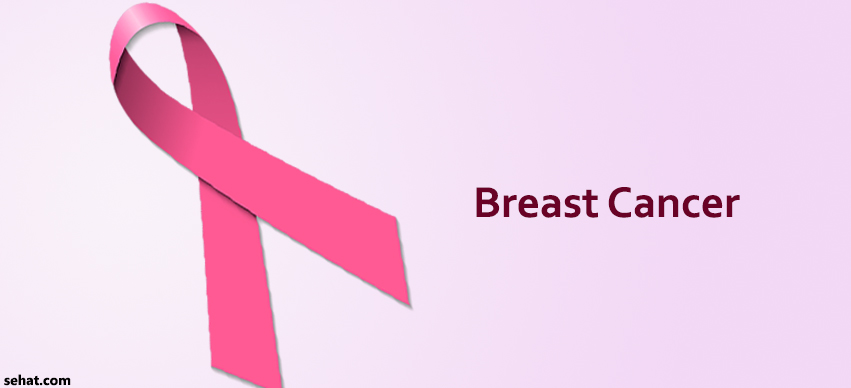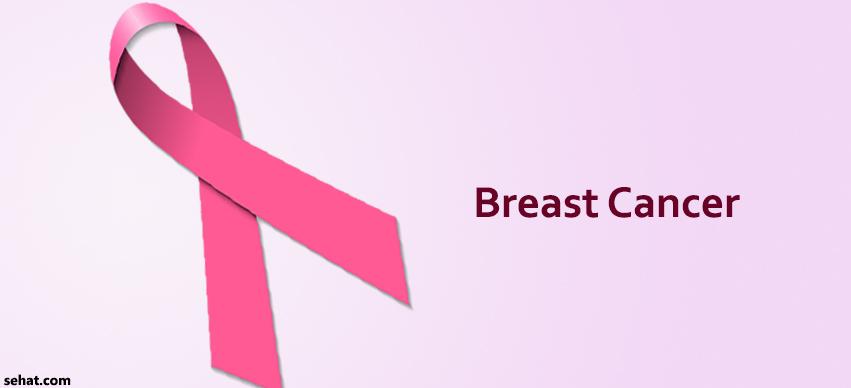Nanoparticle Therapy – An Emerging Cancer Treatment
5 Min Read


In keeping with the system used for referring to various types of cancers wherein the disease is named after the organ which it afflicts first, breast cancer is so named because its point of origin is the human breast, specifically along the length of the ducts.
Whether benign or malignant, the very first symptom with which breast cancer reveals itself is a lump that tends to become more painful with the onset of menstrual cycle.
There have been few definite guidelines in terms of risk factors like genetics, family history, ethnicity and lifestyle that have been found to lead to the incidence of this disease. That said there have also been cases wherein women who are completely beyond the risk zone have been diagnosed with baleful presence of tumors.
The most common symptom is when a pea-shaped lump is detected in the breast area. It may or may not be accompanied by other symptoms like subtle transformation in the shape of the breast, nipple assuming a scaly or inflamed appearance or releasing a clear discharge. These might manifest either simultaneously or over a period of time and that makes self-examination at frequent intervals mandatory to facilitate early detection.
From Stage 0 to Stage IV there are five stages that mark the progress of this illness with the first being the least worrisome and the last being terminal. Once the presence of a lump is detected and confirmed through procedures like physical examination, mammography and ultra-sound, a biopsy is conducted wherein a sample of tissue is examined minutely by the pathologist. Depending on the results the method of treatment as also its duration is chalked by a physician who is specialized in this field.
Then there are complementary and alternative therapies wherein the former are meant to just help the individual cope with symptoms and the latter are supposed to cure without the use of knife, scalpel and medication.
Sehat provides list of best Cancer Surgeons in India from which you can research and choose the right doctor for your condition.